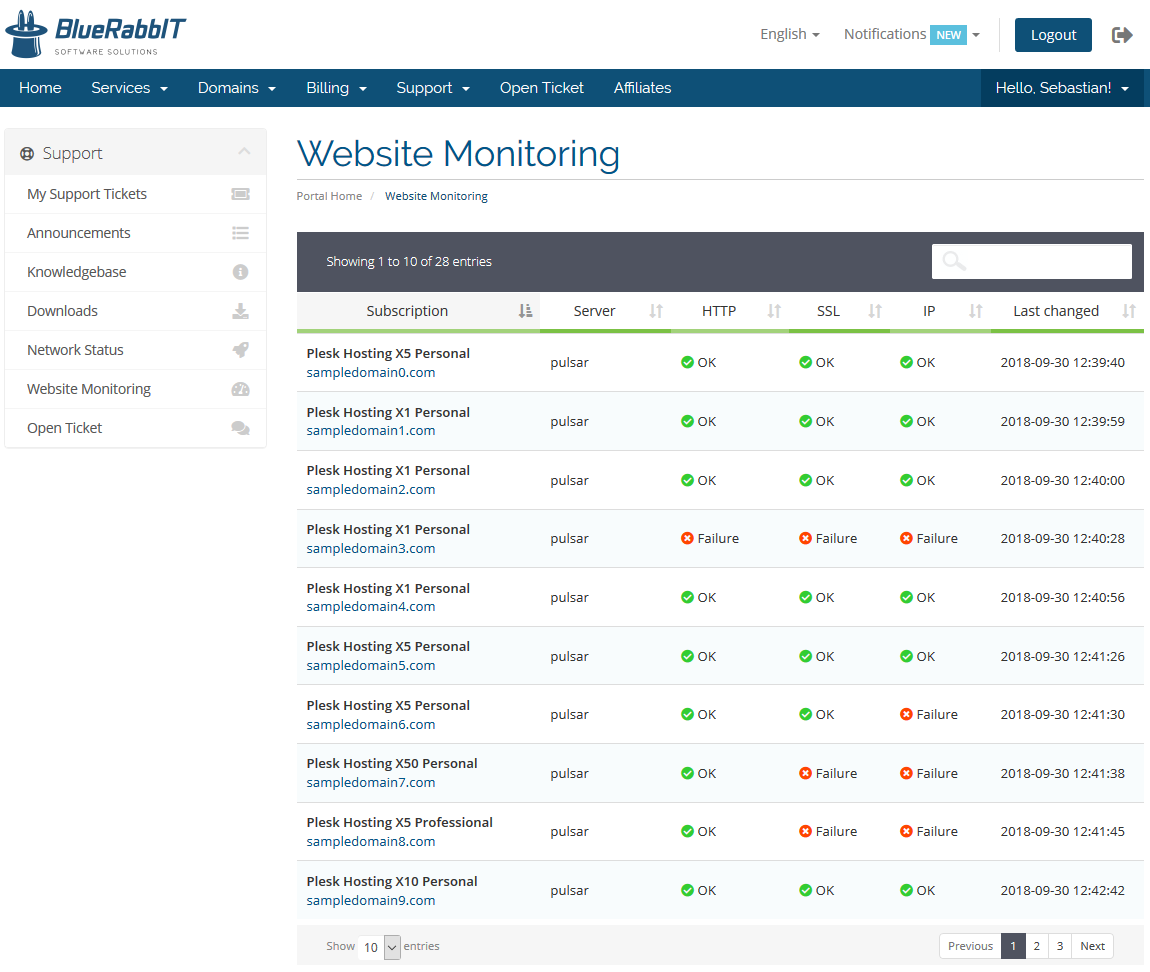

Whether your product or service is B2B (business to business) or B2C (business to customer), a large percentage of purchasing decisions begin with an online information search, and search engines will penalize your site’s ranking if it’s frequently unavailable, the latency is too high, or the content and design do not meet acceptable standards. Readily searchable and available information is vital for a business to succeed, and websites play an integral part in a business or brand image. In addition, website monitoring provides developers with real-time data on load times, uptick percentages, and element performances. For example, if your image load time is over 2 seconds, it’s likely image sizes are too large and developers can resize them. In its most basic form, website monitoring is simply collecting data from your website to further optimize its performance or pinpoint areas of concern. The article also discusses essential monitoring-tool features to ensure that they can effectively handle these processes. This article introduces website monitoring, explains why it’s important, and explores the different processes involved.
#Website monitor vs website tracker how to


Building and maintaining the reputation of your business: Whatever your business, maintaining your website’s uptime is critical.The following are some examples of why website monitoring is essential for every online business: This gives you extra time to notify customers or support staff when website functionality is down or load times are longer than usual. Website monitoring allows developers to validate website availability, performance, and expected behavior. So, to ensure that your business and brand are represented in the best light, your website must consistently function as you intend and users expect. Your business’s online presence is critical for success, and your website is how your customers interact with it.


 0 kommentar(er)
0 kommentar(er)
